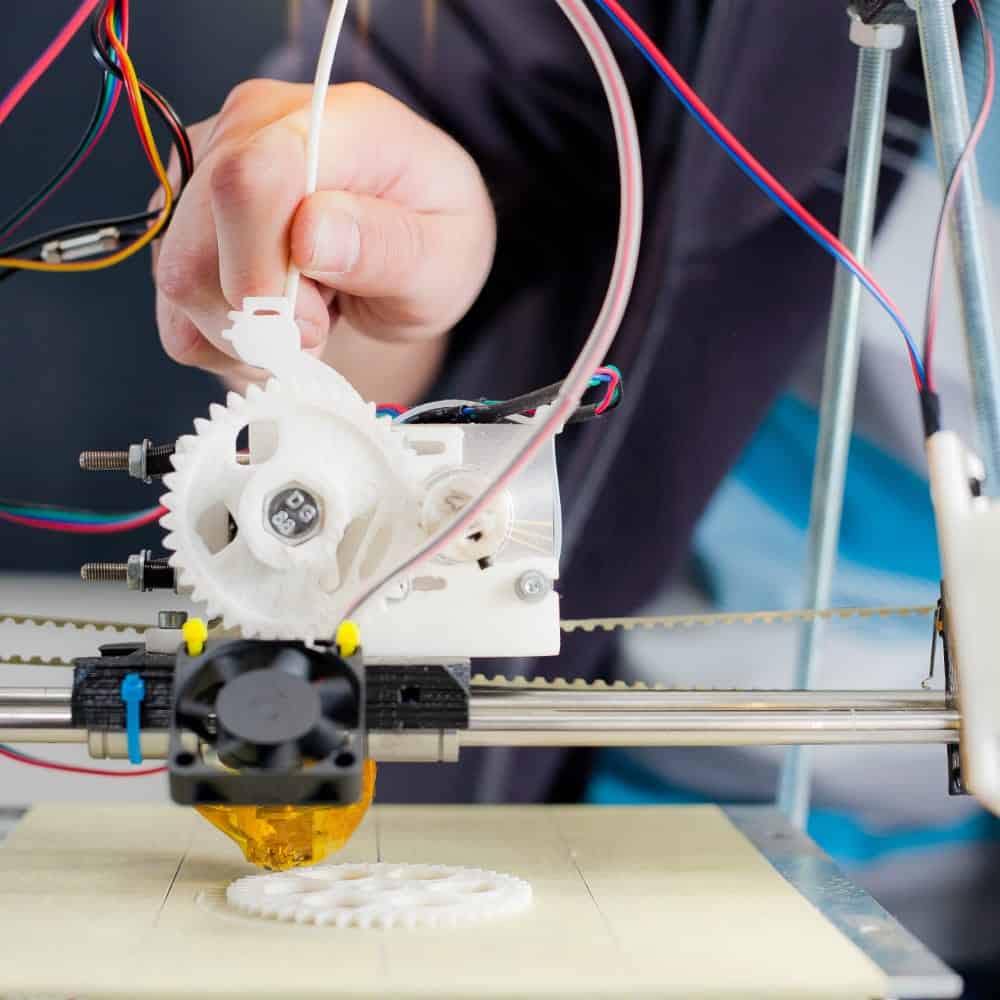With Baby Boomers retiring at a rate faster than companies can replace them, there are great concerns within the manufacturing industry regarding the loss of knowledge and recruiting people with the appropriate skills. The generation shift happening in many organizations requires a change in how talent is attracted and retained while meeting the needs of both younger and older generations.
Erin Koss of Syte Consulting Group offers some insights: “It’s going to be a combination of the education systems, the vocational schools, the organizations themselves pulling from schools in the form of internships that may be hosted inside the organization,” said Koss. “But also the manufacturing companies are going to have to lean in and create some of those training programs internally because the lead time to doing that collaboration is going to be a while.”
In the midst of the manufacturing industry’s “brain drain,” Koss provides some things to consider when attracting talent (and keeping them):





